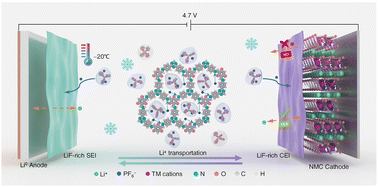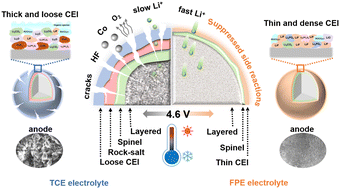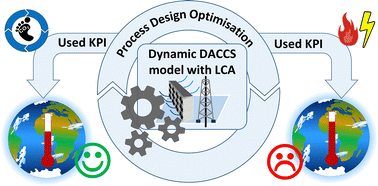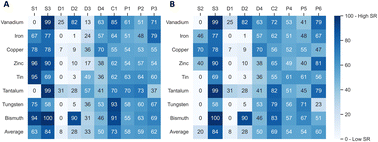Energy Environ. Sci., 2024, Advance Article
DOI: 10.1039/D3EE03536K, Paper
DOI: 10.1039/D3EE03536K, Paper
Fucheng Ren, Yuqi Wu, Wenhua Zuo, Wengao Zhao, Siyuan Pan, Hongxin Lin, Haichuan Yu, Jing Lin, Min Lin, Xiayin Yao, Torsten Brezesinski, Zhengliang Gong, Yong Yang
Large-scale molecular dynamics simulations reveal the formation mechanism and structure of the solid electrolyte interphase between lithium metal and β-Li3PS4 in all-solid-state batteries.
To cite this article before page numbers are assigned, use the DOI form of citation above.
The content of this RSS Feed (c) The Royal Society of Chemistry
Large-scale molecular dynamics simulations reveal the formation mechanism and structure of the solid electrolyte interphase between lithium metal and β-Li3PS4 in all-solid-state batteries.
To cite this article before page numbers are assigned, use the DOI form of citation above.
The content of this RSS Feed (c) The Royal Society of Chemistry

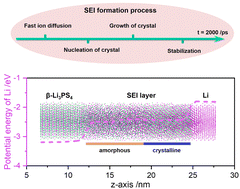
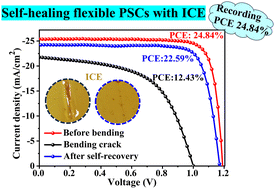
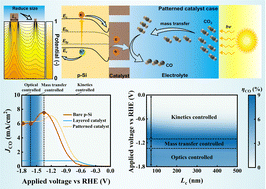
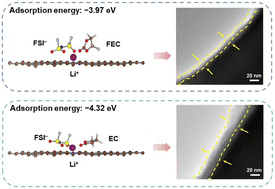
 Open Access
Open Access
